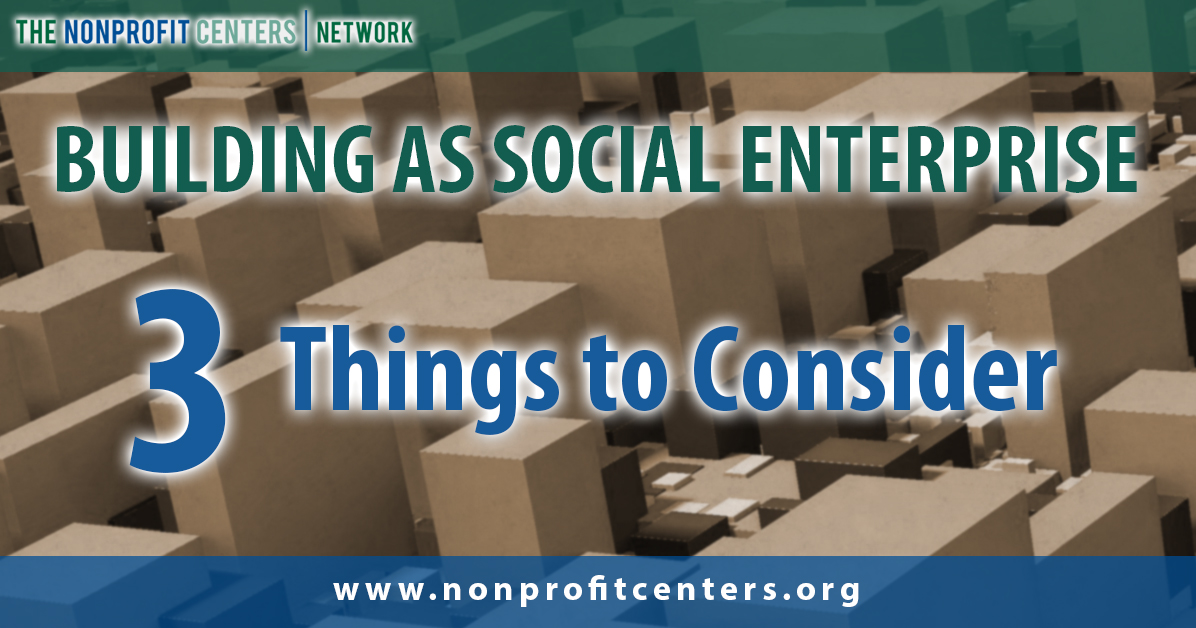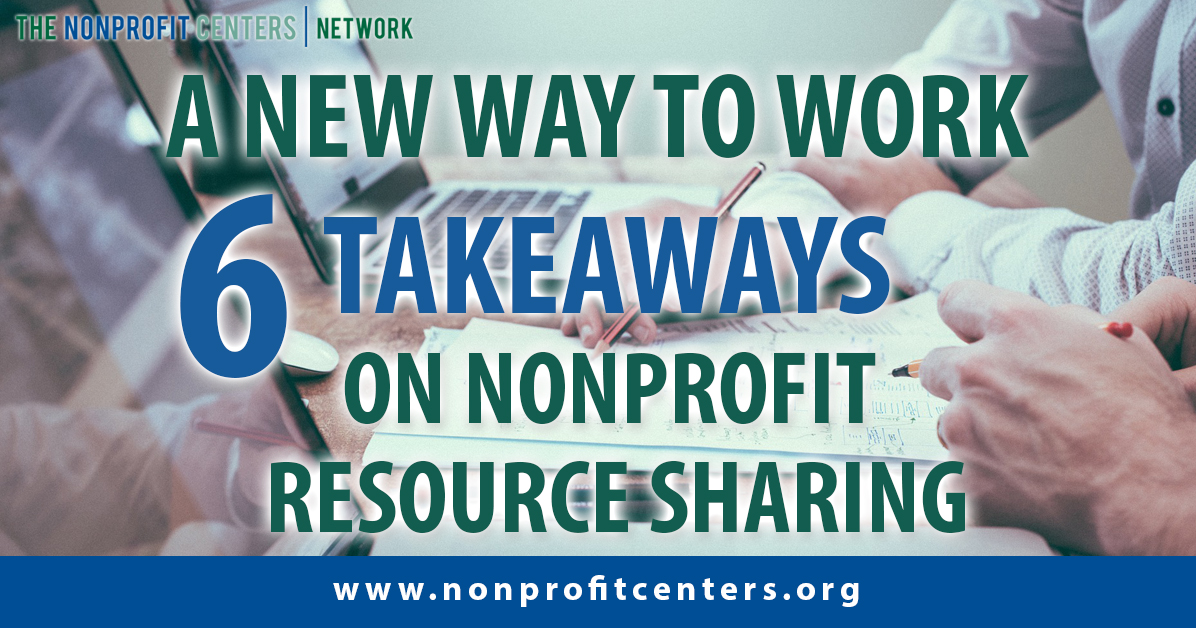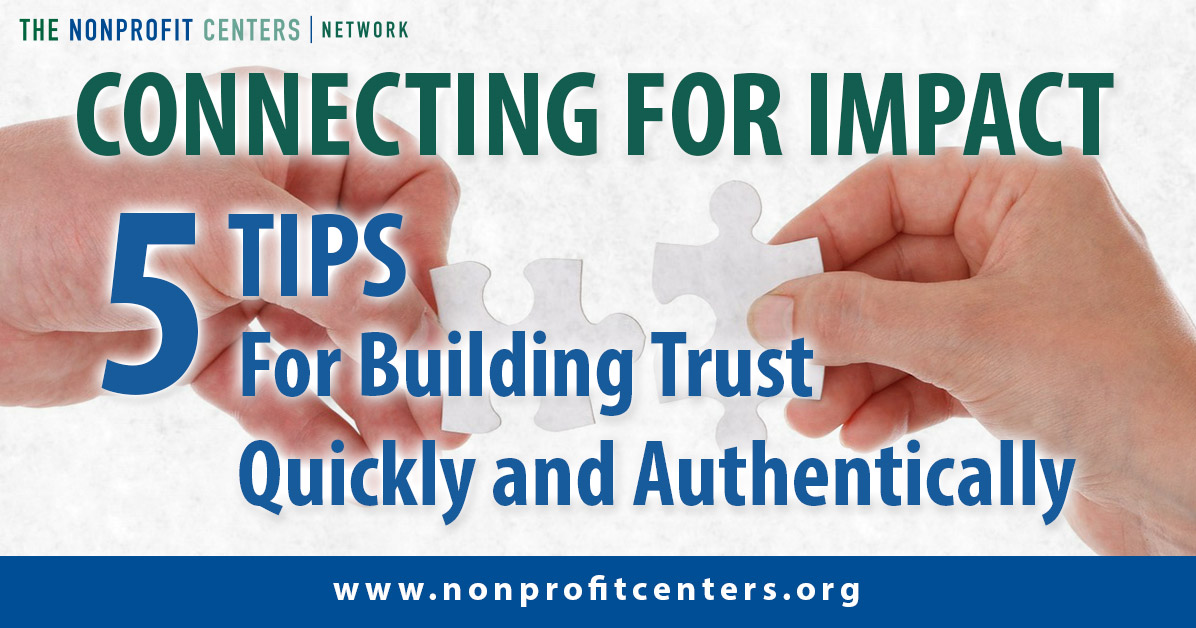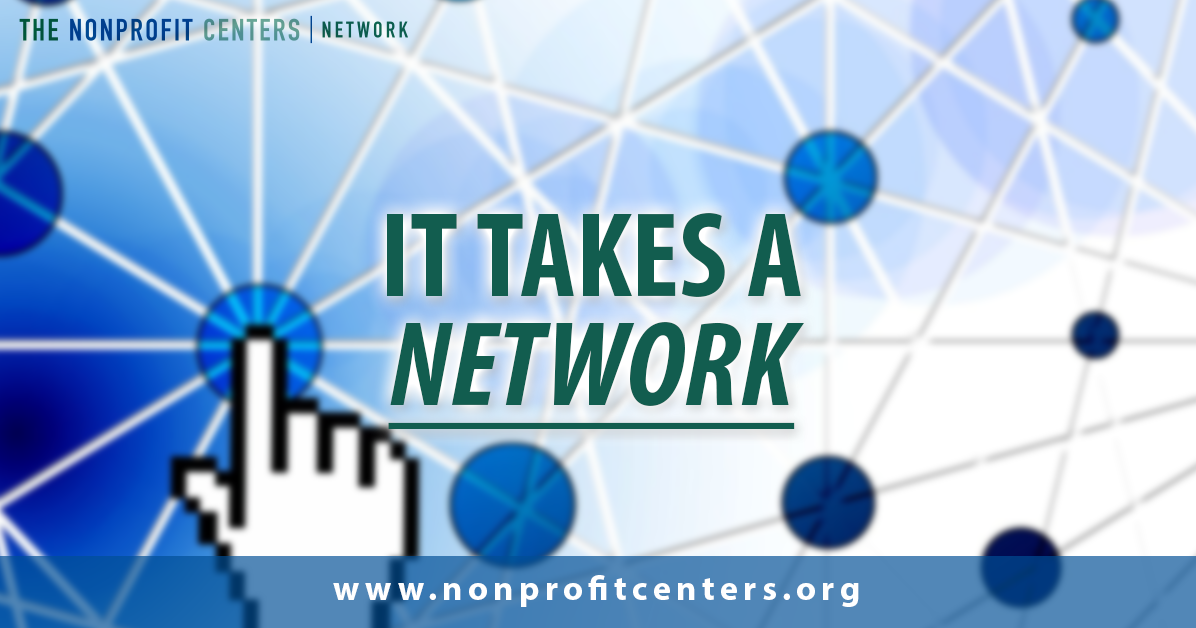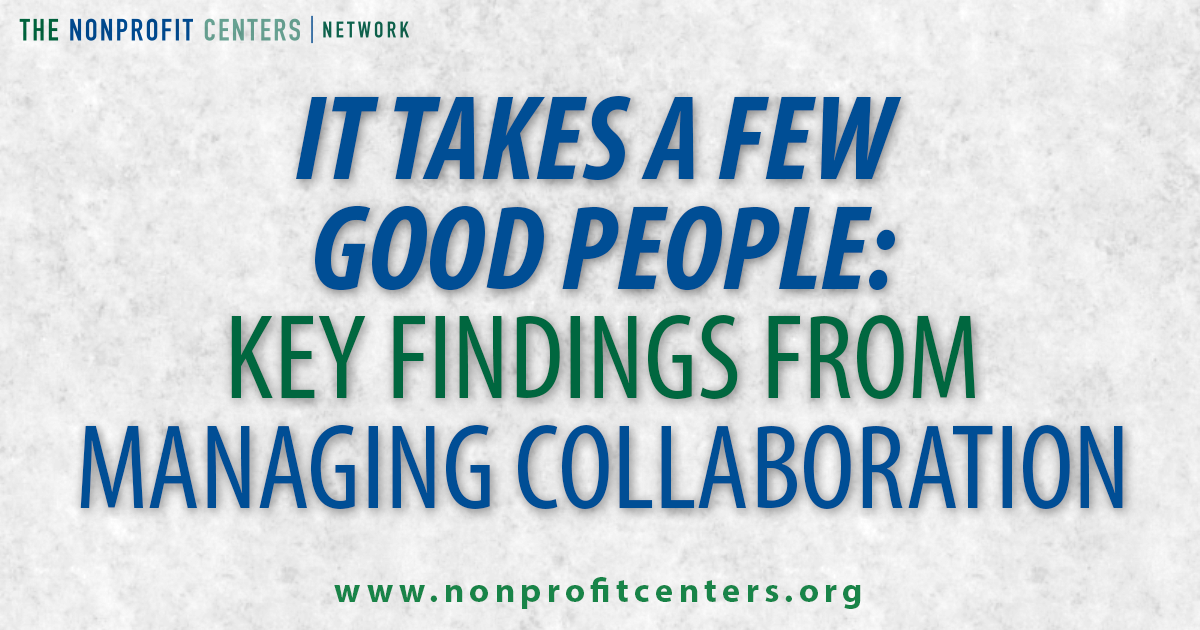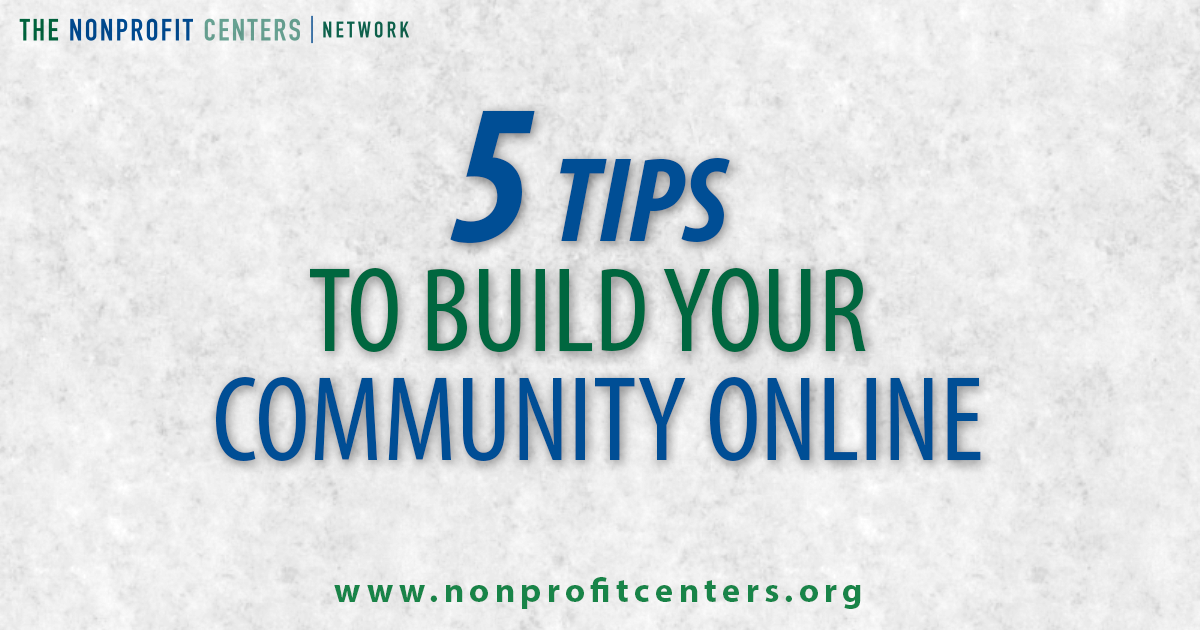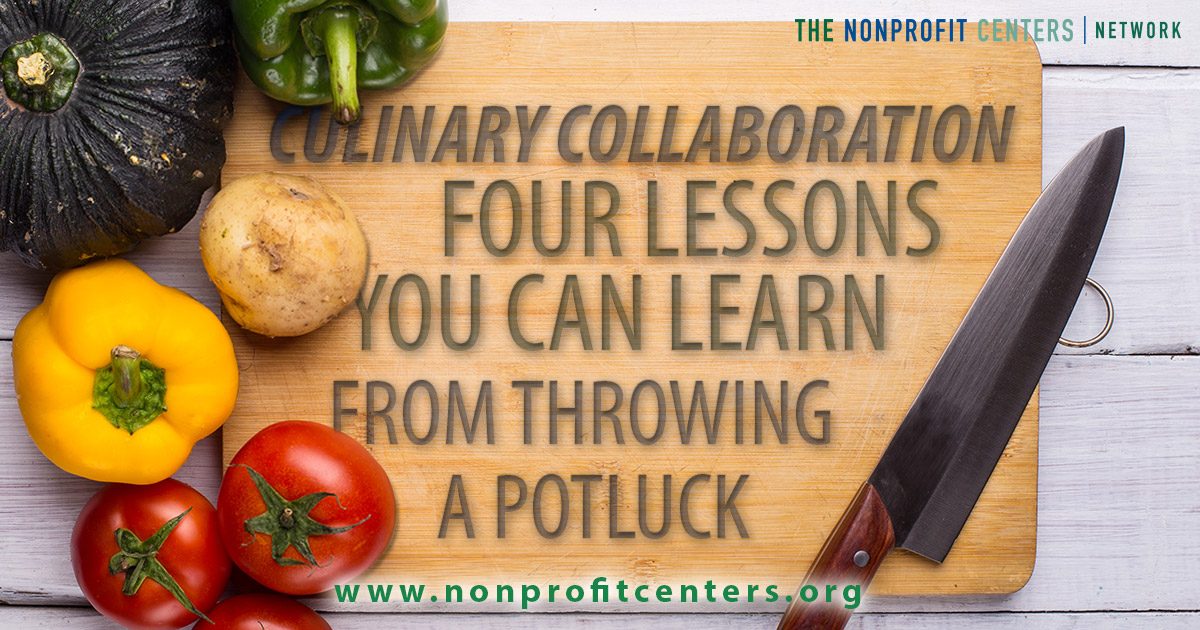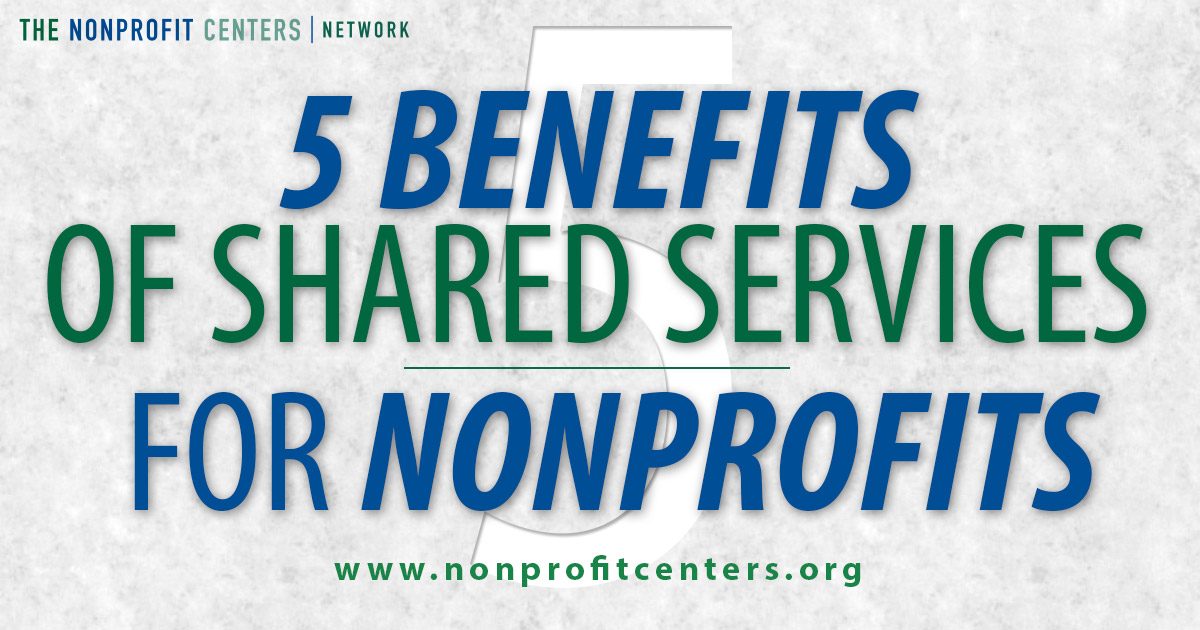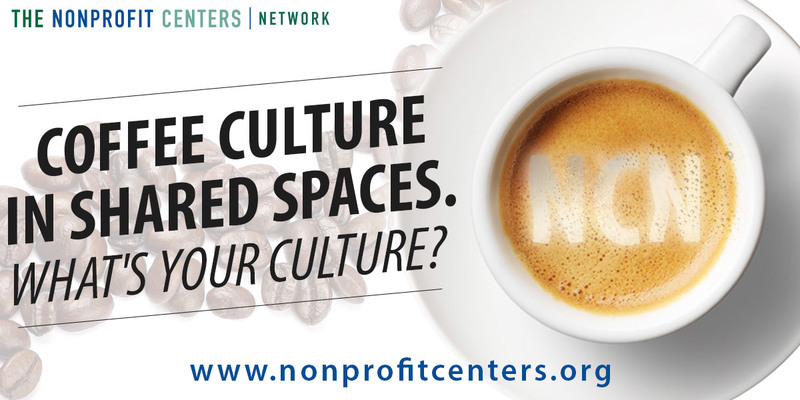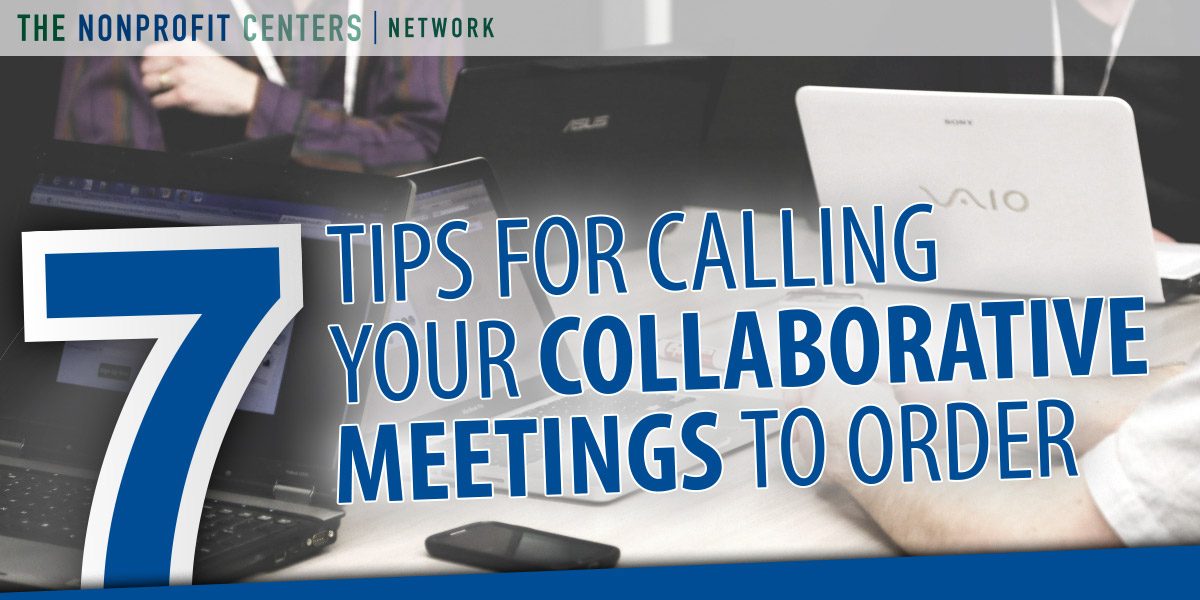 During the 2015 State of the Shared Space Sector survey, NCN found that a large proportion of mission driven shared spaces are operating as successful social enterprises. At the same time, the majority of these spaces are offering their tenants below market rate rent. How is this possible? A new publication, Balancing Act: Sustainable Finances for Shared Spaces, out this week, gives us some insight. Here are three key findings to help you balance your shared space business model.
During the 2015 State of the Shared Space Sector survey, NCN found that a large proportion of mission driven shared spaces are operating as successful social enterprises. At the same time, the majority of these spaces are offering their tenants below market rate rent. How is this possible? A new publication, Balancing Act: Sustainable Finances for Shared Spaces, out this week, gives us some insight. Here are three key findings to help you balance your shared space business model.
- Maximize your rentable square footage. We all love to have access to vibrant common areas, big meeting spaces, and funky cafes, but when it comes to profitability, rentable office space is key. For every 10,000 square feet of common area, profitable centers have four times as much rentable space. Centers running in the red only had 25,000 square feet of rentable space for every 10,000 square feet of common space.
- Make sure your offices are full. Rental revenue is perishable income – if someone isn’t in that space for a month, you will never have the opportunity to regain that revenue.
- Manage your expenses per square foot. Profitable centers in our studies had total expenses in the range of $22 (including staff, utilities, maintenance, internet, and more) per rentable square foot. Centers running a loss were paying over $90 per rentable square foot on average! Paying close attention to your expenses goes a long way.
Want to learn more about our research? Download the report here today! Thanks to the Jones Trust for sponsoring this publication.




